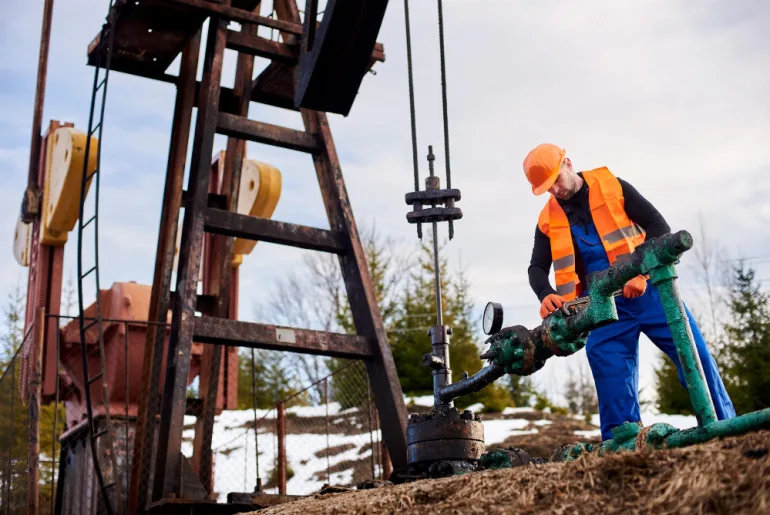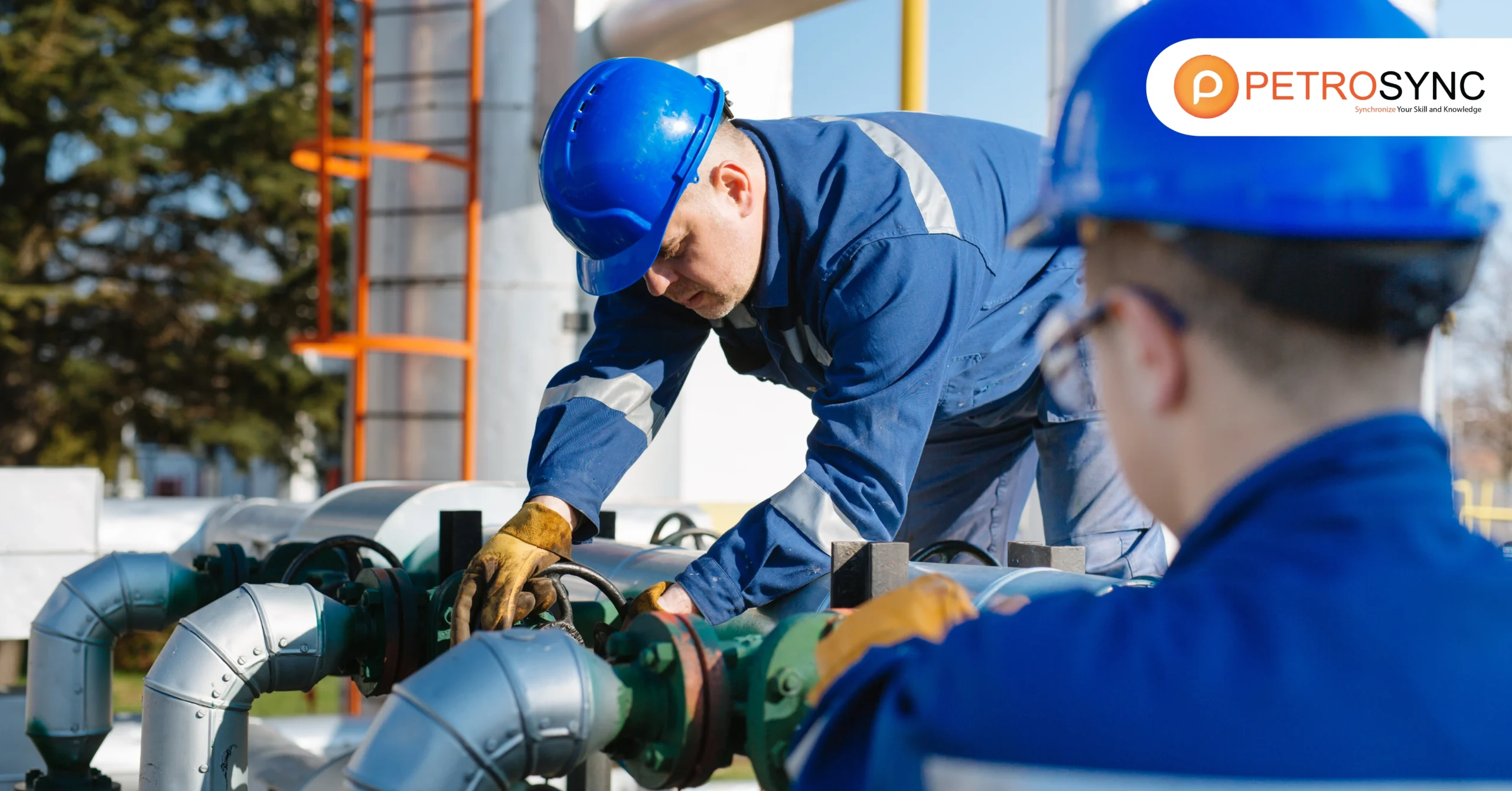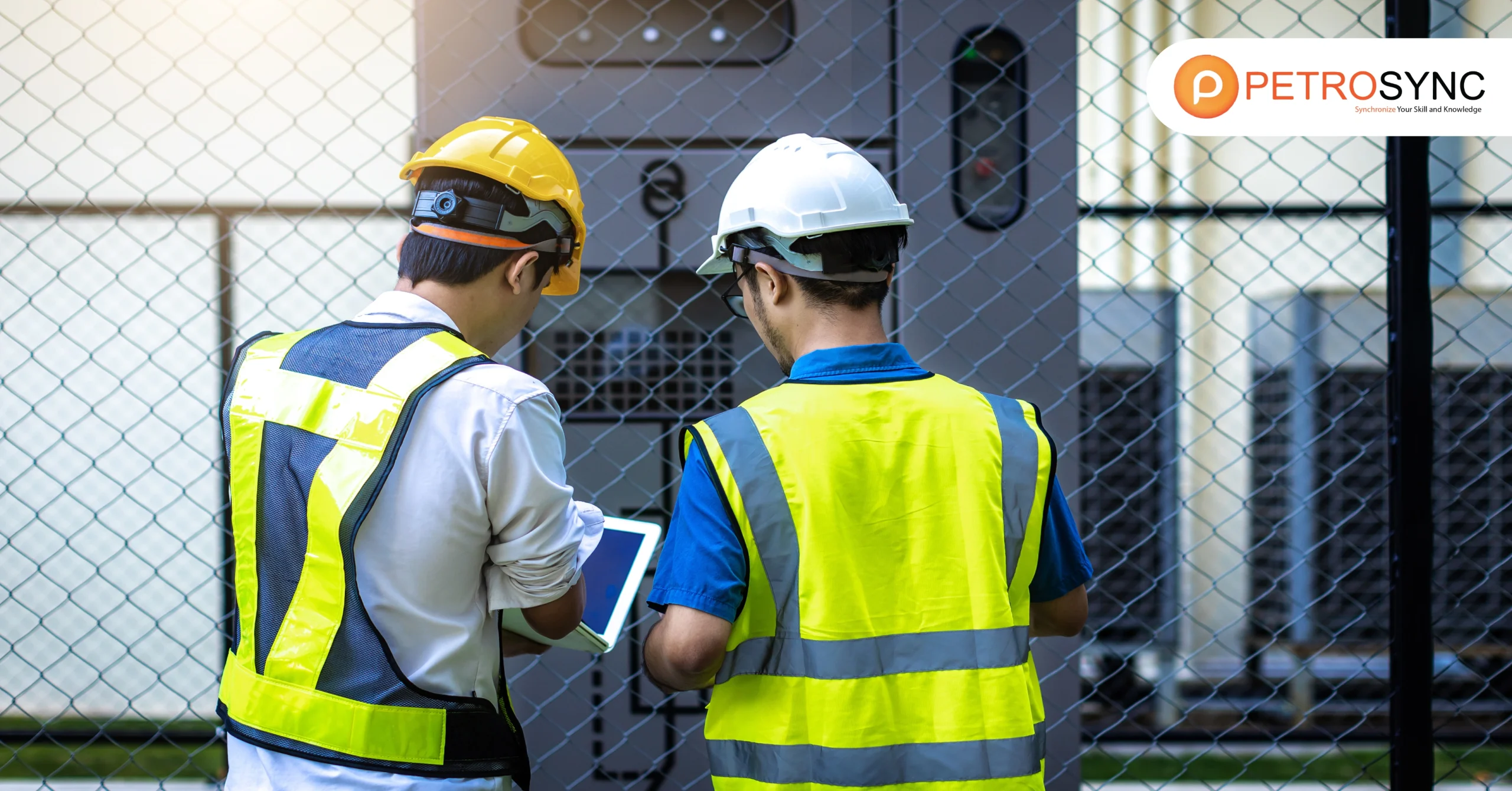A well log, also known as a borehole log or simply a log, is a record of measurements taken during the drilling of an oil or gas well. In well-log analysis, engineers interpret and analyze data from well logs to extract valuable information about subsurface formations and reservoir characteristics.
The analysis process involves determining lithology, measuring porosity, and assessing permeability which involves examining the rock’s ability to allow fluid flow, quantifying fluid saturation, and analyzing other pertinent parameters. By interpreting and analyzing well-log data, geoscientists and engineers can make informed decisions related to drilling strategies, well placement, and reservoir characterization.
What Is Advanced Well Log Analysis Training Course Overview?
In the E&P business, management utilizes integrated petroleum engineering studies and field development plans as tools to maximize the economic recovery of hydrocarbons. Petrophysical engineers play a crucial role in analyzing and interpreting subsurface reservoir data, which serves as the foundation for reservoir models.
PetroSync understands that in order to generate high-quality input for development plans, E&P technical staff and team leaders involved in integrated studies need to be equipped with advanced skills in petrophysical analysis and interpretation techniques.
In the Advanced Well Log Analysis Training Course by PetroSync, our instructor will facilitate the comprehension of practical and innovative techniques and tools in well-logging through the use of case studies and exercises. By the end of the training course, attendees will possess the ability to quantitatively assess reservoir quality, integrate reservoir and petrophysical data to evaluate reservoir storage capacity and enhance oil recovery.
What Is Advanced Well Log Analysis Training Course Objective?
PetroSync’s Advanced Well Log Analysis training course aims to improve attendees’ proficiency in analyzing well logs at an advanced level, enhancing their knowledge and skills. After finishing the training course, attendees can:
- Enhance oil recovery by implementing reliable and efficient petrophysics inputs.
- Gain a comprehensive understanding of rock properties and the geometry of pores.
- Maximize the economic retrieval of hydrocarbons by effectively integrating reservoir and petrophysical data.
- Acquire the necessary knowledge and practical skills for calculating total and effective porosity.
- Explore and comprehend emerging techniques and tools in the field of well logging.
- Obtain knowledge about permeability and the interpretation of rock quality.
- Develop proficiency in integrating core analysis with open-hole logs through learning and practical application.
What Is Advanced Well Log Analysis Training Course Outline?
The outline of PetroSync’s Advanced Well Log Analysis training course is listed down below. For a more detailed and complete outline, you can refer to PetroSync’s Advanced Well Log Analysis training course brochure at PetroSync’s website.
DAY 1
Introduction to Petrophysics
The Rock Physical properties and the petrophysical parameters. These petrophysical parameters include:
- Porosity,
- Permeability
- The volume of shale,
- Fluid saturations.
Well Logging Tools include:
- Open-Hole Logging Tools.
- Logging While Drilling (LWD) Tools.
- Cased-Hole Logging Tools.
Open-Hole Logging Tools
- Definition, measurements, application, and equations of the following tools:
- Lithology Tools: Gamma Ray, Spectral Gamma Ray, Spontaneous Potential Tools
- Porosity Tools: Sonic, Density, Neutron Tools
- Resistivity Tools: Dual-Latero, Dual-Induction, Micro-Spherical Resistivity Tools
Case study: The effect of shale volume
Exercise: Determination of petrophysical parameters
DAY 2
Logging Operations and Quality Control
- Logging Tools Operations
- Log Quality Control
Introduction to Logging While Drilling (LWD)
- Lithology Tools
- Resistivity Tools
- Porosity Tools
Quick Look Well Log Interpretation
- Lithology interpretation
- Porosity calculations
- Rw determination and Petrophysical parameters (a,m,n)
- Vshale estimation
- Fluid Saturation
- Permeability
- Permeability & Porosity relationship
Formation Evaluation
- Porosity Types
- Total Porosity and Lithology Interpretation
- Rw determination methods and Petrophysical parameters (a,m,n)
- Effective Porosity and Vsh Determination
- Fluid Saturation, Archie’s Relationship, and other Saturation Equations.
- Permeability.
Case study: Calculation of the petrophysical parameters
Exercise: Calculation of the fluid saturation
DAY 3
Other Open-Hole Logging Tools
- Definition, measurements, application:
- Electromagnetic Propagation Time Tool and Diameter.
Case study: EPT log example
Exercise: Calculate Variable ‘m’ from the EPT equation
Recent and Advanced Tools
- Geological Tools: FMS, FMI
- Magnetic Resonance Tools: NMR, CMR
Case study: FMI log example
Exercise: Differentiate between these different structural elements.
Case study: CMR log
Exercise: Define free hydrocarbon and away from the bound fluid
Open and Cased-Hole Logging Tools
Pressure Tools
- Principles and interpretation of the other open hole logging tools that can be run in cased holes:
- Repeat Formation Tester (RFT) tool
- Modular Formation Dynamics Tester (MDT)
For:
- Determine static reservoir pressure
- Locate formation fluid contacts
- Verify reservoir isolation
- Indicate reservoir depletion
- Calculate reservoir permeability
Case study: RFT / MDT log example
Exercise: Differentiate between the different gradients of different types of fluids
Open and Cased-Hole Logging Tools
- Principles and interpretation of cased hole logging tools which can be run in open holes:
- Thermal Decay Time tool (TDT)
- Reservoir Saturation tool (RST)
For
- Monitoring Fluid Contacts
- Reservoir monitoring.
Case study: TDT / RST log example
Exercise: TDT log example using open-hole logging data
DAY 4
Cased-Hole Logging Tools
- Definitions, Measurements, Applications, Equations
- Cement Bond (CBL) & Variable Density (VDL) log:
- Principles and interpretation of Cement Bond (CBL) & variable
- Density (VDL) tool for zone-to-zone isolation and reservoir monitoring
- Applications to field development.
- Cement Bond (CBL) & Variable Density (VDL) log details:
- Principle of Operation
- Basic Sonic Theory
- Cement Bond Log (CBL)
- Variable Density Log (VDL)
- Quantitative Interpretation of CBL and Qualitative Interpretation of VDL using: CBL – VDL Log Example
For:
- Evaluate zone-to-zone isolation:
- Cement coverage of casing for corrosion protection, mechanical strength
- Identify cement top
- Evaluate cement repair jobs
- The Rig Cementing and Remedial Cementing works using CBL /VDL results related to Petrophysics and Reservoir Monitoring.
- Well completion related to perforation intervals according to CBL / VDL results.
Case study: CBL / VDL log example
Exercise: Perforation intervals and top of cement by using the CBL /VDL log example.
- Production logging (PLT) log:
- Principles and interpretation of production logging tools (PLT):
- Applications to field development.
- Production logging (PLT) log includes:
- Fullbore – Spinner, continuous, or packer Flowmeters.
- Gradiomanometer.
- Manometer.
- Thermometer
- Caliper & Radioactive Tracer
For:
- Evaluation of completion efficiency.
- Detailed information on which perforations are plugged and which are producing or accepting.
- Monitoring of reservoir production.
- Evaluation of reservoir production or injection efficiency.
- Essential guidance for Remedial and Workover, jobs
Case study: PLT log example
Exercise: Determine the perforation
DAY 5
Advanced Formation Evaluation
- Reservoir Petrophysical Model Evaluation:
- Reservoir Characteristics:
- Modern Approaches and Techniques in Petrophysics
- Multi-Well Bases Study Using:
- Multi-Well Data-Base
- Key Well Study
- Data Normalization
- Variable Petrophysical Parameter values
- Standardization of Petrophysical Parameter
- Lithology Determination
- Lithology Model
- Lithological Parameters
- Petrophysical Parameters Determination
- Archie’s Parameters
- Most Problematic Parameters
- Old Methods (Constant Value)
- New Methods (Variable Values)
- Introduction to Computer Processed Interpretation using:
- Practical Training Exercises for:
- Hydrocarbon Quality
- Fluid Contacts (GOC-GWC-OWC-ODT-WUT-FWL)
- Reservoir Summations
- Applications to field Development
Cases Studies Including
- Carbonate reservoir (Limestone)
- Clastic reservoir (Sandstone)
- Gas Sandstone reservoir
Cases studies: Including Carbonate and Clastic Reservoirs
Case study – 1: Reservoir Petrophysical Modeling
Case study – 2: Unconventional Reservoir Example
Case study – 3: Unconventional Reservoir Examples
Case study – 4: Rock Typing
Examples with different contacts (OWC, GWC, and Gas / Oil / Water contacts)
Exercises
Practical Training Examples:
Raw Log Data for Quick Look Interpretation and Formation Evaluation.
Who Should Attend an Advanced Well Log Analysis Training Course?
The training course is designed to be advantageous for but not limited to:
- Well Logging Analysts and Petrophysicists,
- Reservoir, Production, and Petroleum Engineers,
- Field Operations and supervisors,
- Geoscientists involved in field development and other E & P professionals.
PetroSync’s Advanced Well Log Analysis training course allows the involved personnel to develop a deeper understanding of subsurface formations and reservoir characteristics, leading to informed decisions in drilling, completion, and production strategies.
Our training course also covers advanced techniques with the most up-to-date tools so attendees can extract valuable information from well logs, improving reservoir evaluation and characterization precisely. Attendees will also understand the importance of well-log data integration with other sources enabling optimal production zones while developing strategies to maximize hydrocarbon recovery. Enroll in Advanced Well Log Analysis training and improve your well planning and cost optimization with PetroSync!
Credit header image: Freepik

SEO specialist by day, fact-checker by night. An avid reader and content writer dedicated to delivering accurate and engaging articles through research and credible sources.







